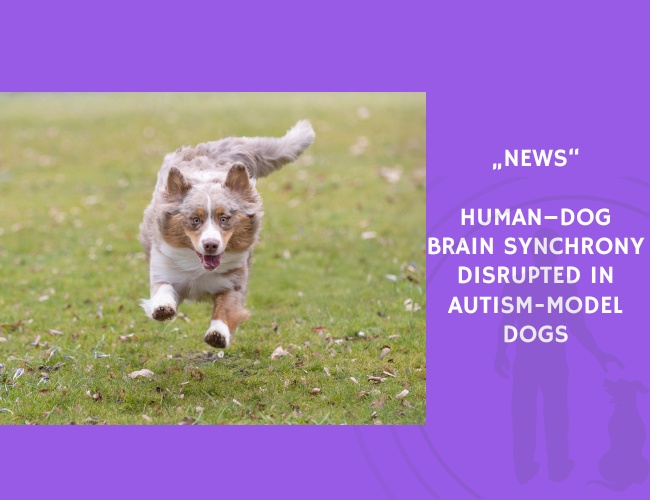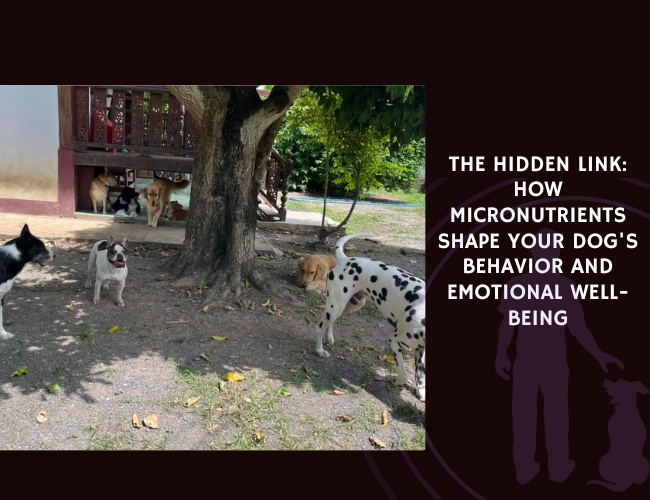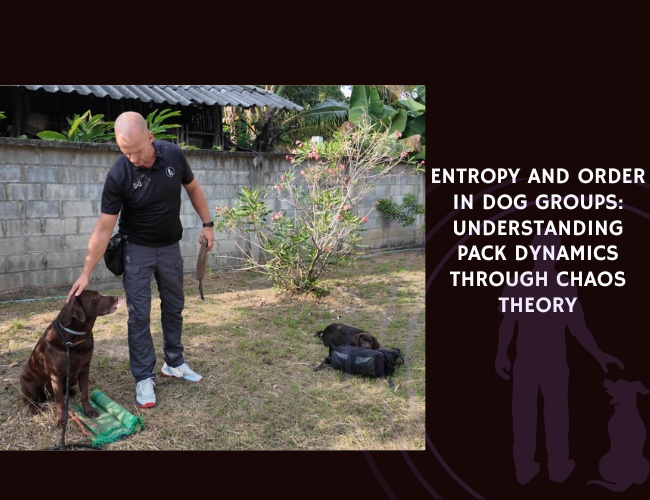Social bonding between humans and dogs is one of the most remarkable outcomes of domestication, yet the neural mechanisms behind this connection remain largely unknown. Ren et al. (2024) investigated whether human–dog communication relies on synchronized brain activity, similar to human–human interactions.
Using simultaneous electroencephalography (EEG) recordings, the researchers found that mutual gaze and petting induced interbrain coupling between humans and dogs. Synchronization was strongest in the frontal and parietal regions, and it increased with familiarity across repeated interactions over five days. Information flow analysis suggested that humans acted as leaders, guiding the neural and behavioral responses of their canine partners.
Importantly, dogs with a Shank3 gene mutation—a mutation strongly associated with autism spectrum disorders (ASD)—showed reduced interbrain coupling and diminished attention to humans. These dogs failed to display the same social synchrony seen in neurotypical dogs, providing a translational model for studying autism-related social impairments.
Remarkably, administration of lysergic acid diethylamide (LSD) restored interbrain synchronization and attentiveness in Shank3 mutant dogs. While preliminary and experimental, these findings highlight a potential therapeutic pathway for ameliorating ASD-related social dysfunction.
This study provides the first evidence of cross-species neural coupling in human–dog interactions and demonstrates how genetic and pharmacological factors can disrupt or restore this synchrony. The results emphasize the value of dogs as a translational model for autism research and deepen our understanding of the neurobiological basis of the human–dog bond.
Source: Ren, W., Yu, S., Guo, K., Lu, C., & Zhang, Y. Q. (2024). Disrupted Human–Dog Interbrain Neural Coupling in Autism‐Associated Shank3 Mutant Dogs. Advanced Science, 11. References: 46. Citations: 1.










